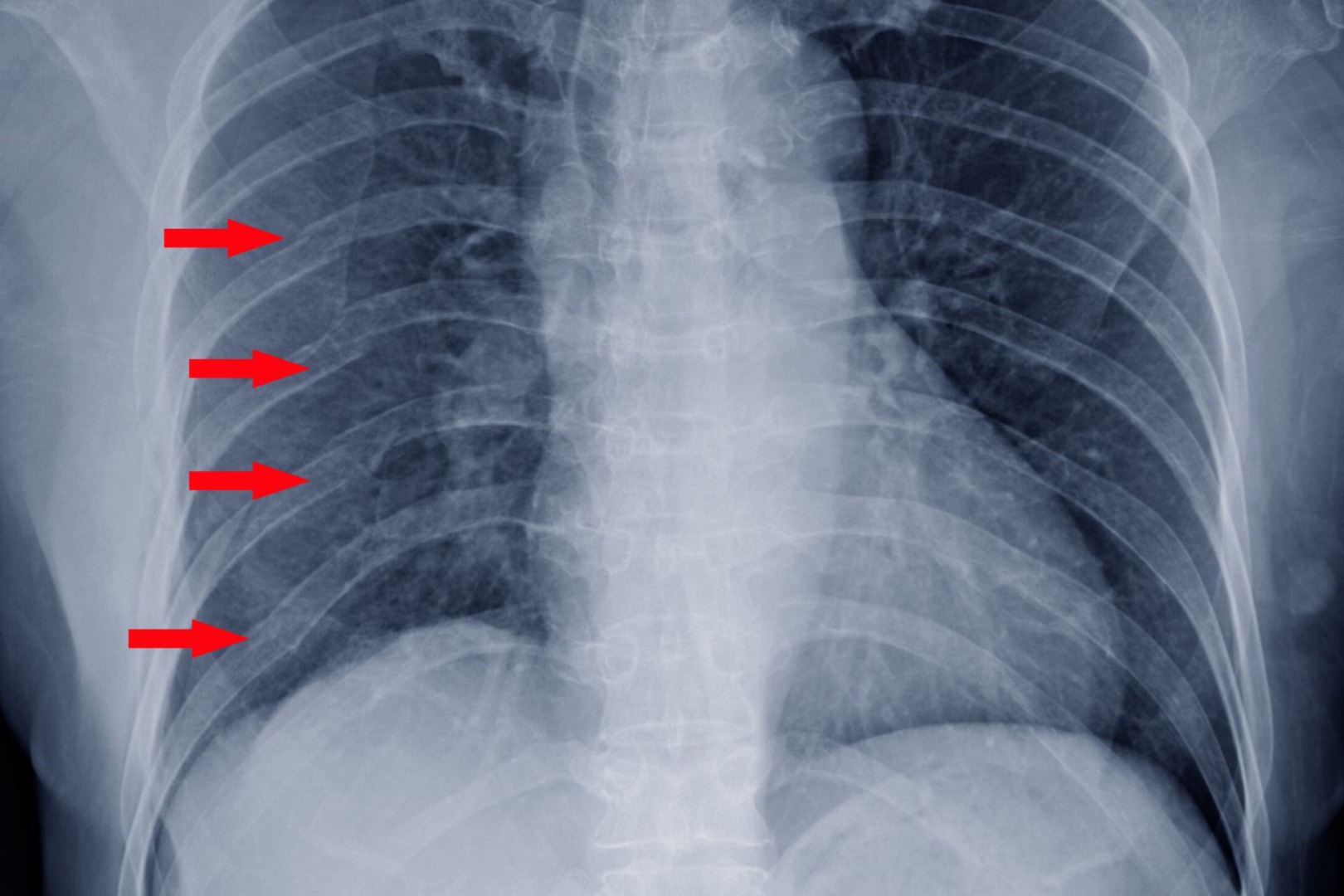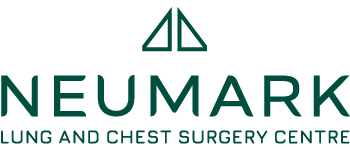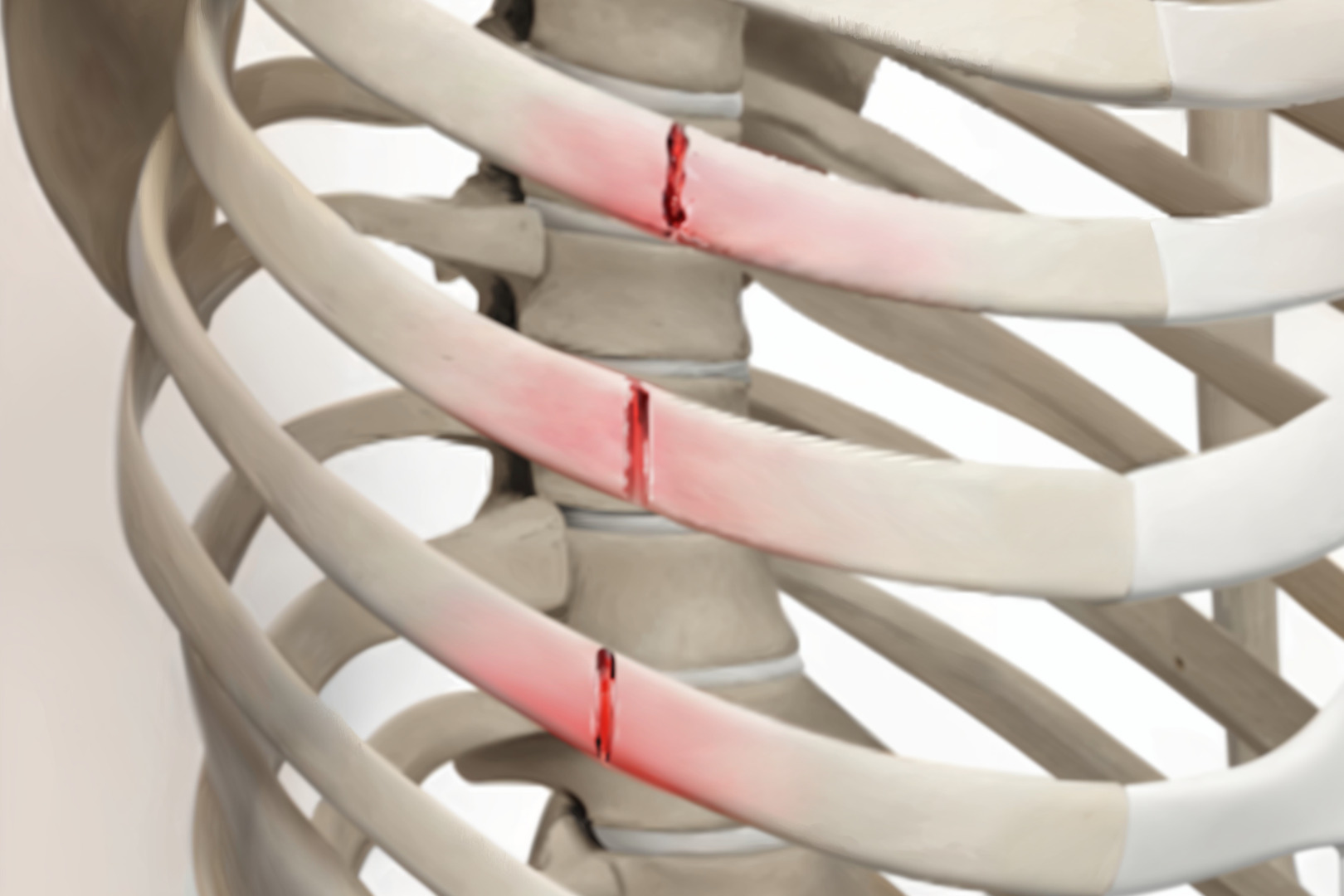A high-performing sports athlete was involved in a severe fall while training for an ultramarathon that left him with multiple rib fractures. Despite initial treatment, his fractures failed to heal properly, giving him excruciating pain daily. What was once simple tasks, like running or light performance training, became virtually impossible.
After months of suffering, his family doctor referred him to a thoracic surgeon who specialised in open reduction and internal fixation for nonunion rib fractures.
“Nonunion of traumatic fractures is a clinical and radiological diagnosis that occurs when the bone healing process is prolonged beyond the normal recovery period, a failure of the fracture to heal properly”, says Dr Harish Mithiran, director of Neumark Lung & Chest Surgery Centre.

The condition often comes with unpleasant pain that can significantly impact a patient’s morbidity and quality of life. Surgical stabilisation of ribs affected by nonunion after traumatic fractures can improve chronic pain and disability but may not change its functional status. Identifying and managing nonunion rib fractures effectively may prevent long-term complications and improve patient outcomes.
Diverse Symptoms Can Impact Your Quality of Life
Patients with nonunion rib fractures often experience a range of symptoms that can significantly impact their quality of life. Chronic pain, which can be severe and debilitating, is a common complaint, persisting for months or even years after the initial injury. Dyspnea, or shortness of breath, is another common symptom caused by nonunion or associated respiratory complications.
Rib instability, characterised by a ‘clicking’ in or jabbing of the chest wall, can also be uncomfortable. Tenderness to touch is also a common symptom, often severe and focused at the location where the bone failed to heal.
“Some may experience swelling in the chest wall, which can be a sign of ongoing inflammation and nonunion. Pain with coughing or deep respiration can be a sign of nonunion and respiratory complications too”, explains Dr Mithiran.

If these complications sound distressing, there’s a minimally invasive technique that can benefit your quality of life. Surgical intervention is effective in improving pain, disability and quality of life in patients with rib fracture nonunion.
Role of Open Reduction and Internal Fixation for Nonunion Rib Fractures
Open reduction and internal fixation can manage rib fracture complications, especially when conservative treatments have failed. This surgical procedure involves using metal plates and screws to stabilise the fractured ribs, ensuring proper healing.
This approach is particularly useful for treating secondary complications. One of them is flail chest — a life-threatening condition where a segment of the chest wall detaches from the rest of the rib cage. Open reduction and fixation are also recommended for patients with multiple rib fractures, particularly if they are displaced or causing significant respiratory issues.
Additionally, this procedure can correct chest wall deformities that could lead to respiratory problems if left untreated.
What Should You Expect When Undergoing Surgical Intervention
To make sure you are comfortable and pain-free, the procedure begins with general anaesthesia. This means you will be asleep and unaware throughout the surgery. The surgical site is then thoroughly cleaned and prepared for the operation.
The surgeon will make a small incision over the area of the fractured ribs. This allows them to access the damaged bones.
The fractured ribs are exposed by carefully moving aside the surrounding tissues. Any debris, blood or other materials obstructing the area are removed to provide a clear view of the fractures. The surgeon will realign the fractured ribs to their correct positions using specialised instruments. This step is crucial for ensuring the bones heal properly and regain their natural shape.
The realigned ribs are then stabilised using titanium plates and screws. These materials are designed to conform to the natural curvature of your ribs, providing strong and secure support to hold the bones in place while they heal. After the ribs are securely fixed, the surgeon will close the incision with sutures.
Sometimes, a drain may be placed to remove any excess fluid from the surgical area, which helps prevent complications and promotes healing.
This minimally invasive procedure alleviates pain and improves lung function by ensuring the ribs heal properly. Recovery will involve following your surgeon’s instructions on activity levels and pain management to ensure the best possible outcome.
Patients who have undergone the surgery are often amazed at the difference it makes in their daily quality of life. Their pain significantly decreased, they have often indicated that it was much easier to breathe, go for walks and enjoy competitive sports lifestyles once again without the constant ache in their chests.
If you’re suffering from complications of a nonunion rib fracture, schedule an appointment with our leading chest and lung specialist, Dr Harish Mithiran, senior thoracic surgeon at Gleneagles Medical Centre and Mt Alvernia Hospital Singapore, to find out how open reduction and internal fixation surgery can improve your quality of life.

